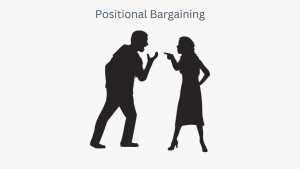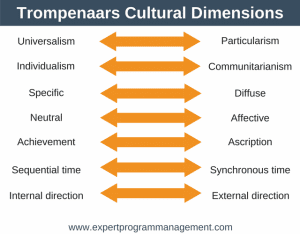During our professional lives there are all kinds of people we may need to influence: our team, our colleagues, and our superiors, amongst others. Here is a simple 3 step process I use to influence people, which can equally be applied to selling:
- Agree the problem/opportunity
- Outline a solution
- Gain explicit agreement on the way forward
Let’s examine each of these steps in more detail:

1. Agree the problem/opportunity
Different parts of the organisation see the world through different perspectives. The challenge for the leader and influencer is to find the common ground behind which these different people can unite. The two levers we use to do this are:
Lever 1: Fear and Greed (F&G)
Fear is a powerful motivator. Can you position your proposal so it prevents or de-risks something from happening, for example, a fine for non-compliance to a standard? An alternative is to use greed: what is in it for the business?
Lever 2: What’s in it for Me (WIFM)
Can you answer the question “What’s in it for me?” from the point of view of the people you are trying to influence?
2. Outline the Solution
Once you have agreed the problem/opportunity, you need to outline your solution. Here are some key elements you should consider before outlining your solution to increase likelihood of acceptance:
Pre-empt objections
Think about the objections people are likely to have in advance, and address them during your solution. For problem individuals, you may wish to speak to them one to one before speaking with the group to gain their support, so the meeting is not disrupted by their objections.
Reduce the risk
This is about making it easy for them to say yes. Perhaps you could suggest running a pilot before full rollout, or identify some early wins to convince everyone your idea is the right one
Overcome idleness
This is another form of making it easy for them to say yes, but is concerned with making it easy for them (as opposed to the business) to say yes. Perhaps all you need is their approval and you will do the donkey work.
3. Gain explicit agreement on the way forward
There are many different ways to close, but the one I like to use is simply to indicate the next steps I intent to take. Be careful to ensure that you have everyone’s agreement. If you are going to ask direct a question, and I recommend you don’t, think of yourself as a lawyer, and only ask a question you already know the answer to.
Image by Sean MacEntee.







